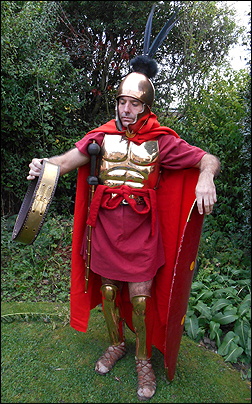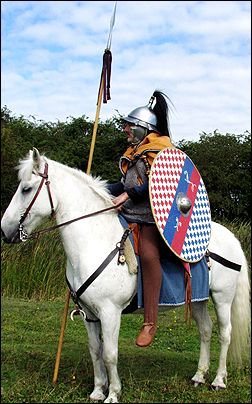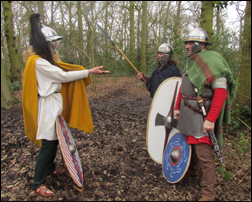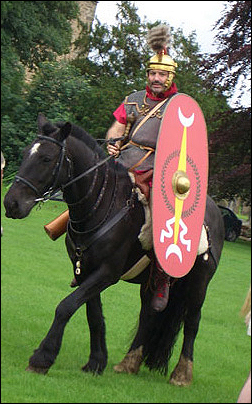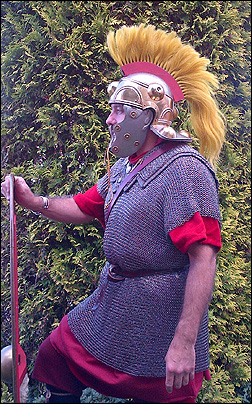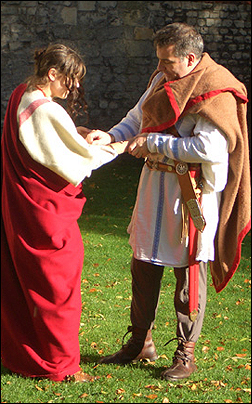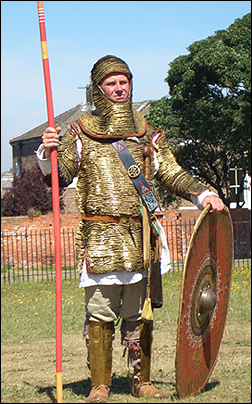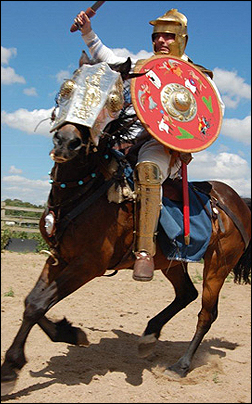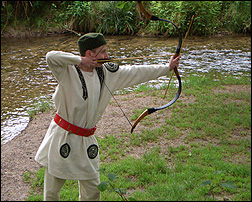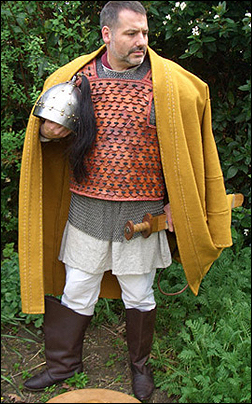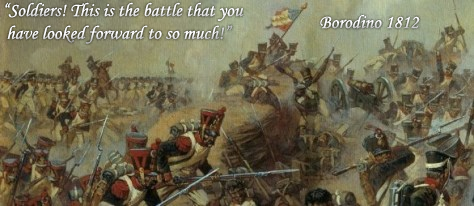First draft of my regional/factional changes (which will need approval. Regions and such are currently listed in the order they appear in the startpos (hence why it seems like a random list - that's how CA did the regions):
New Factions:
- Aetolian League
- Sinope
- Massyli
- Byzantion
Removed Factions:
- Nova Carthago
- Aria
- Sagartia
- Media
- Cyrenaica
- Cyprus
- Parthava
- Libya
- Arachosia
- Etruscans
So, by this plan, the mod would be +7 in factions. Reason being, unless I'm mistaken, is that we can use the HaTG Massylii faction.
New Client States/Vassals:
- Veneti -> Rome (Could instead be allies, the situation in Cisalpine Gaul was a little tricky, but they had been subdued before they revolted)
- Turdetani -> Carthage
- Delmatae -> Rome
- Cessatani -> Rome
- Triballi -> Scordisci
- Edetani -> Carthage
- Massylii -> Carthage
- Breuci -> Scordisci
- Daorsi -> Rome
- Masaesyli -> Carthage
- Ardiae -> Rome
- Media Atropatene -> Seleucids (Reduced in size, had been subdued by Antiochus III before Raphia)
- Persia -> Seleucids (Reduced in size, only have Persepolis)
Renamed Regions:
- Antheia -> Byzantion (I'm aware the geography isn't perfect)
- Carthage -> Qart Hadasht
- Pulpudeva -> Tylis (may keep this region name)
- Cydamus -> Capsa (Again, aware the geography isn't perfect, major city of Massylii)
- Larissa -> Thermika (Same as above, but closer - no major geographical obstacles as Larissa is already misplaced)
- Iader -> Daorson
- Macomades -> Philaenorum Arae
- Velathri -> Arretium
- Appolonia -> Phoenike
- Arse -> Saguntum
Those map editing tools can't come fast enough.
Regions with new ownership:
- Harmozia -> Seleucids
- Gadira -> Carthage
- Merv -> Seleucids
- Ibossim -> Carthage
- Delminium -> Delmatae
- Byzantion/Antheia -> Byzantion
- Larissa/Thermika -> Aetolian League
- Gor -> Seleucids
- Phrada -> Seleucids
- Pulpudeva/Tylis -> Tylis
- Pura -> Seleucids
- Cydamus/Capsa -> Massylii
- Lilyabaeum -> Rome
- Seleucia -> Seleucids
- Paraitonion -> Ptolemies
- Artacoana -> Seleucids
- Ammonium -> Ptolemies
- Jerusalem -> Seleucids
- Side -> Ptolemies
- Cyprus -> Ptolemies
- Ephesus -> Ptolemies
- Iader/Daorson -> Daorsi
- Hecatompylos -> Parthia
- Susa -> Seleucids
- Macomades/Arae -> Carthage
- Bam -> Seleucids
- Rhaga -> Seleucids
- Sinope -> Sinope
- Cyrene -> Ptolemies
- Karalis -> Rome
- Iol -> Carthage
- Alexandria Arachosia -> Seleucids
- Lepcis -> Carthage
- Tingis -> Carthage
- Qart Hadasht -> Carthage
- Oraea -> Seleucids
- Kapisene -> Seleucids
- Thapsus -> Carthage
- Velathri/Arretium -> Rome
- Alalia -> Rome
- Hatra -> Seleucids
- Charax -> Seleucids
- Zadrakarta -> Parthia
- Ekbatana -> Seleucids
- Susia -> Parthia
So, about 1/4th of the regions in the game will be in new hands. The Seleucids are obviously the big winners. The sheer size of a starting faction like that may alarm some people, but with the way I can specialize regions and balance things, it's possible to make it a far larger challenge than it would appear at first glance. Hanging onto that territory and raising troops won't be as easy as people think. Not even close.
All of this is based on rather extensive research I've done. If anyone has any issues, feel free to share. I enjoy the discussion and it's productive.
Summary of the changes for those who don't know the region names (map will be produced in the future):
-Seleucids gain control of their empire besides Armenia, Media Atropatene, Parthia, Baktria, and Sardes (in revolt/at war). THey also hold their recently gained territory in Syria which will be decided by Raphia.
-Parthia gains all territory of Hyrcania/Parthava.
-Egypt gains its actual territory in Asia Minor and Libya/Cyprus.
-Carthage has its clients in Iberia, Libyan territory, and the Nova Carthago territory. They control the coastlines in North Africa as they historically did.
-Rome has its Etruscan territory as well as its recently formed clients in Illyria and their Veneti allies.
-Tylis is moved inland.
-Scordisci have control over neighboring tribes and are the strongest tribal group in the upper Balkans.
-Establishment of new factions of Sinope, Byzantion, the Aetolian League, and the Massylii.
Hetairos:
I will have a pretty thorough list of subcultures I'd propose tomorrow, but as we've already discussed - I think your list is the same if not identical. It would be the most thorough done. After that (shouldn't take me long, and it should be close if not the same as yours), I'll start on producing ethnicities and cultures for each region followed by resources.
I've uploaded the spreadsheet that will show the factional changes above in what I think is a very clear manner. As we've discussed previously, I'll be saving the maps for later, not to mention your final approval on these lists.
On the factions being removed above -
I figure we could do the same thing being done for the Etruscans and such. As in, they could be rebel factions in those regions and liberated.
I'm also wondering if we can't use some of those Iberian factions from HaTG to allow the same options for some of the territories in Spain controlled by Carthage.
I don't think that would require new subcultures, though.
Neusapp:
Pergamon was allied to the Aetolians and did participate in internal Greek affairs (liberated Athens from Macedonian rule in 229, would interfere more later less successfully). As did the Ptolemies. However, they are by definition a Successor Kingdom. They gained their independence in the Successor Wars under and then expanded. Pergamon had been part of Lysimachus' territory, and the Attalid dynasty was started by one of his subordinates who carved out their little niche in Asia Minor there.
Crete and Rhodes are toss-ups to me. Since they are mainly non-aggressive trading spots in game, conquest by the player usually is a pain simply because it requires breaking treaties and waiting it out. Giving them a confederation option would make sense in game for the Greek city states. At least a few factions wouldn't need to deal with that.






 Reply With Quote
Reply With Quote






